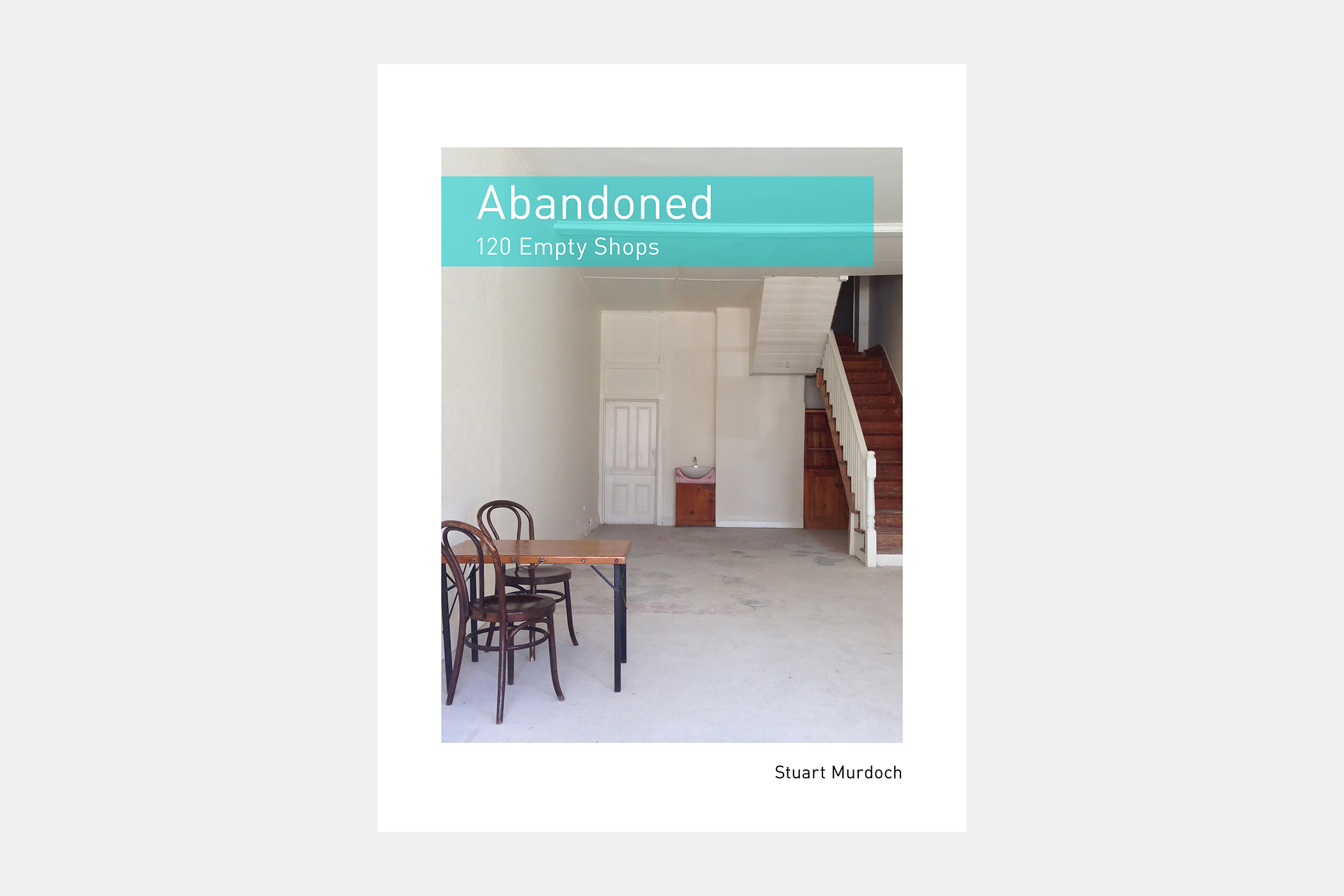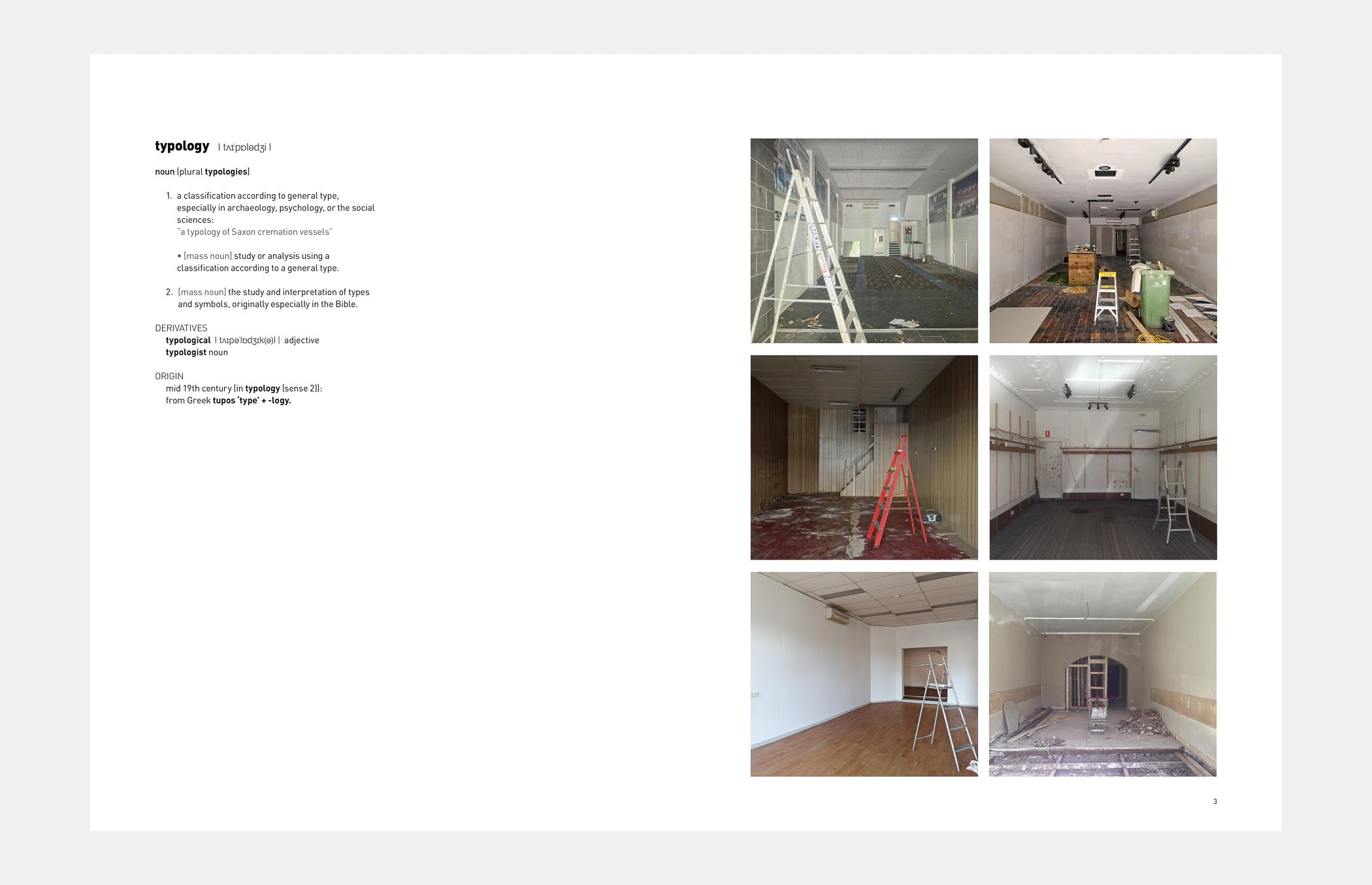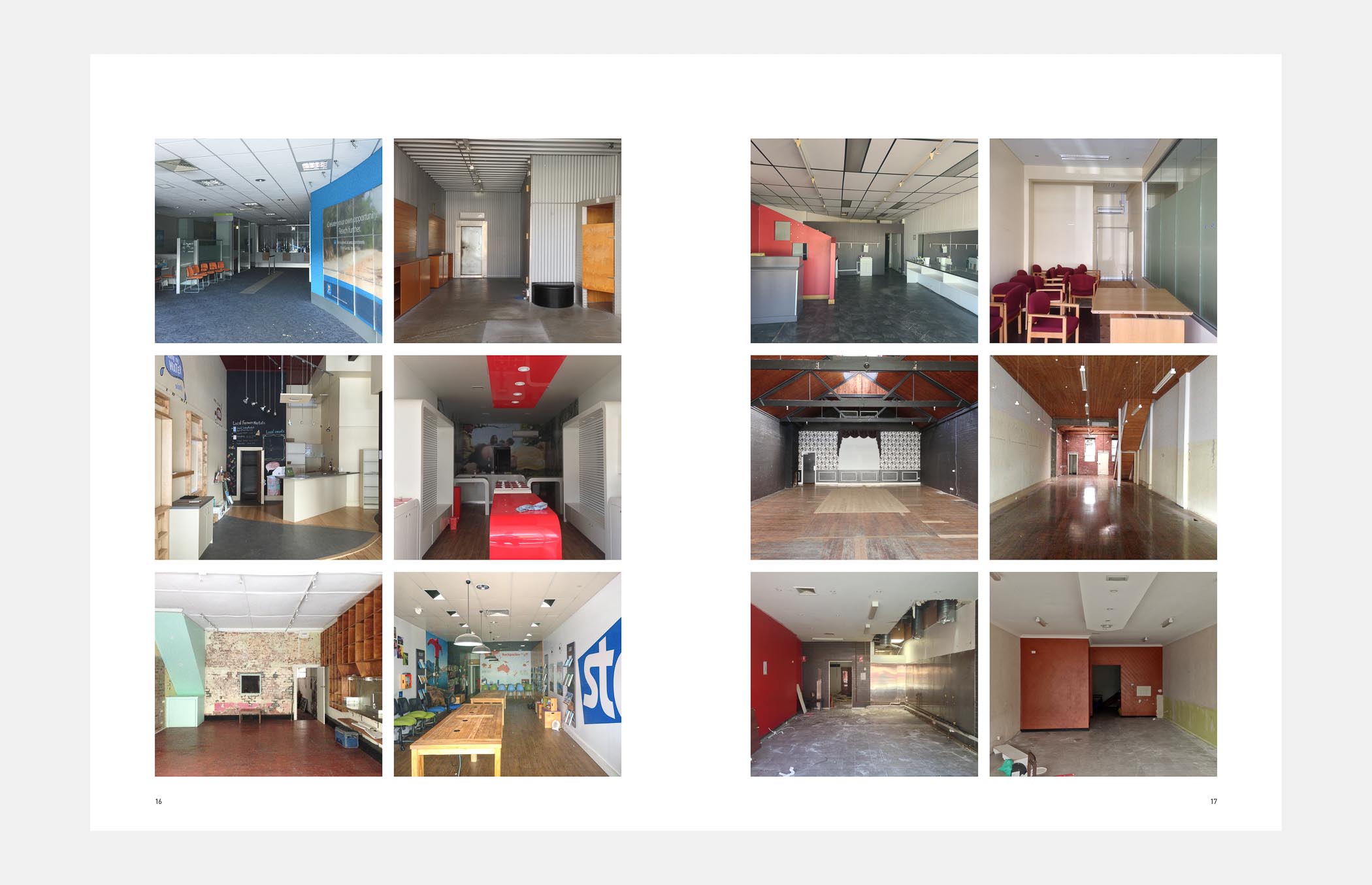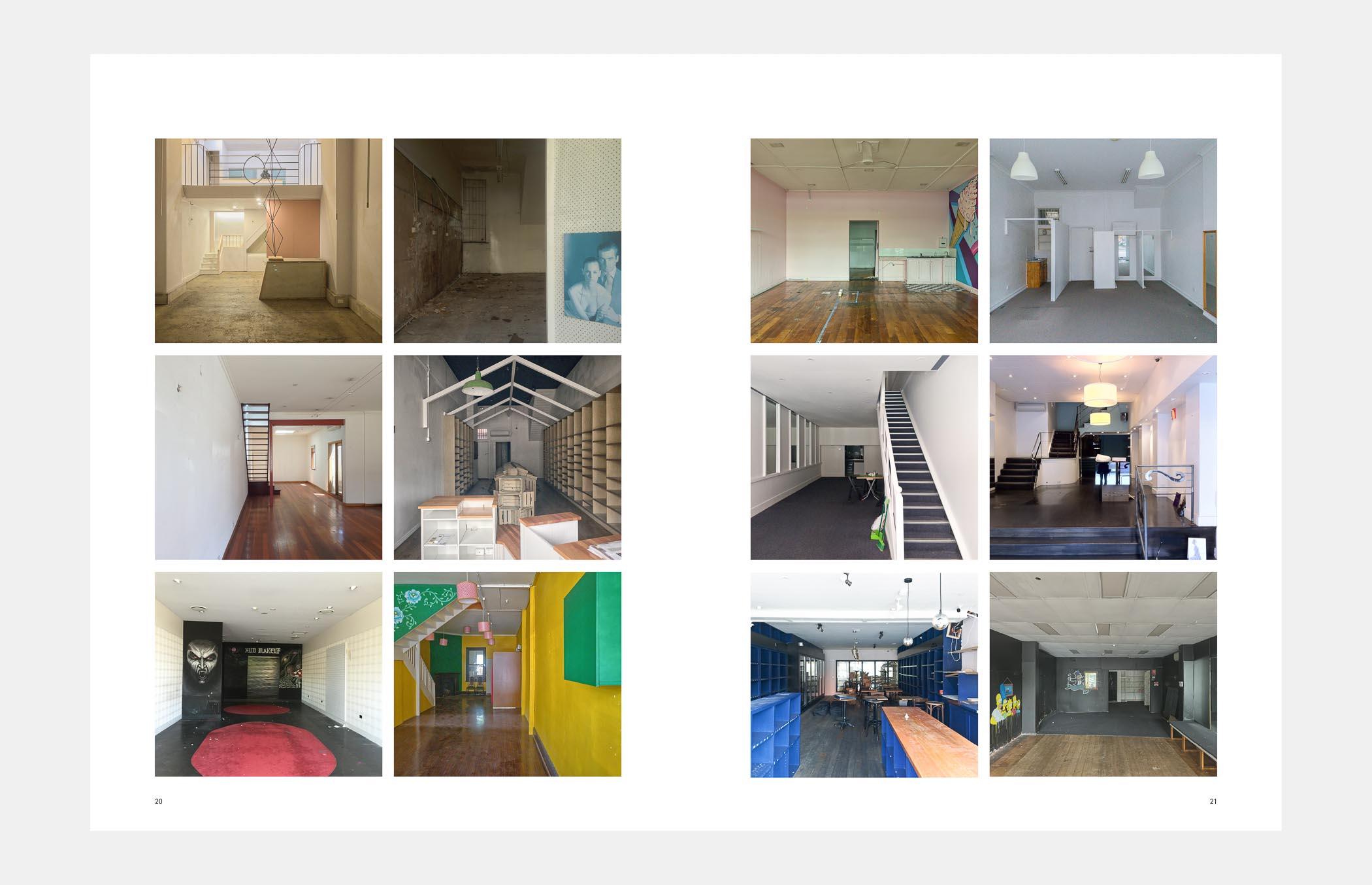Your cart is currently empty!
Abandoned: Empty Shops
Urban landscape.
Folio (folded) – 24 pp
21 cm x 27 cm
Albumen Publishing
ISBN: 978-1-7391990-1-2
Category:
Author:
The Abandoned series brings together photobooks exploring how we see and deal with things abandoned, past by. Covering a wide thematic spectrum – ranging from architecture to everyday objects – the titles ultimately share a common interest in how we deal with the transitory nature of the world around us.
DESCRIPTION
One day, while whiling away time in between lunch and dinner, like so many others in Melbourne, I walked down a street that I knew would be full of life and activity. My aim was to make some interesting pictures of the activity, it was St. Patrick’s Day. While Australia is relatively secular by world standards, there are enough Irish visitors and distant relatives of the Irish immigrants integral to our history to make the day busy. It was also the weekend. My wanderings didn’t amount to a great deal pictorially, but at some point afterwards one image caught my eye. It was of an empty shop, with green walls and a contrasting purple set of stairs strewn with some detritus at the rear, photographed using my smartphone, for a variety of reasons.
For whatever reason this image struck a chord with me, perhaps the colour, perhaps the objects strewn on the floor, whatever, it seemed a pleasing image. As I scrolled though my digital archive a few days after, I started to notice other empty shops I’d photographed prior to this one, most likely subconsciously.
All had a similar composition. It then dawned on me it may be possible to create a body of work that examined this phenomenon of empty shops, after all, Australia at this point was meant to be weathering the GFC quite well. Yet these shops were not difficult to find.
I spent the summer of 2012~2013 walking the shopping strips that radiate outwards from the central business district. Breaking down the city by major arterial road and drawing a rough boundary at the approximate 10 kilometre mark I felt I could ‘document’ these strange edifices, all similar, yet subtly different.
I found the size and shape of my smart phone suited this project quite well. I could quickly and easily traverse long stretches of road photographing any and all I encountered, by the end of the summer I had almost covered ¾ of the northwest of the city. The size of the device and its design meant I could jam the camera hard against the glass and photograph through it. The composition was easy to recreate from shop to shop, again made easy by the way the camera on my phone worked.
As I wandered the shopping strips, I contemplated such ideas as the situationists and their manifesto, ideas of the photograph as documentary evidence, and typologies generally. This project was in fact only made possible by technology, the smart phone I carried everywhere with its discrete form factor and portability meant images could be made any time anywhere and I would never need to gain legal access to the properties in question. I may never had considered it at all if I had not been successful at making a couple of interesting pictures through dirty glass.
Currently the project sits at over 300 images, and I still have the rest of the northwest to cover and all of the south east as well. The web project can be found on Tumblr; using the web allows me to continue to grow my collection, indefinitely.




